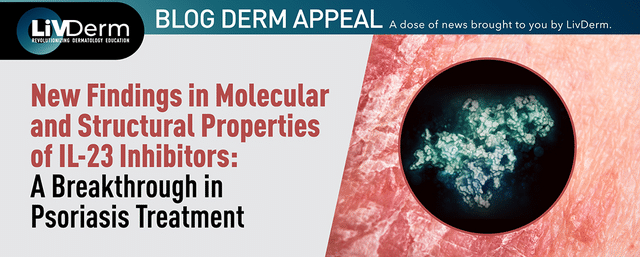In recent years, the association between nutritional patterns and acne vulgaris presentation has been under investigation with contested results. Many experts support the butterfly effect – a concept based on the theory that small changes can have a powerful overall effect – proving the important connection between dietary habits and acne. A growing body of evidence implicates the significant role of the Western or standard American diet on skin health as high-glycemic carbohydrates, dairy, and saturated fats can stimulate excess oil production and aggravate inflammation thus, leading to acne problems.
A study published last month in Dermatologic Therapyfurther proves the correlation between dietary patterns and skin health, confirming that the standard Western diet – high in refined carbohydrates and meat proteins – may result in the over-expression of the mammalian target of rapamycin complex 1 (mTORC1).
The Role of Dietary Factors
Researchers explored the implications of certain dietary factors on skin health, including Glucose, insulin, insulin-like growth factor 1 (IGF-1), and leucine associated with mTORC1 activation.
As the standard American diet is rich in high-glycemic foods, such as refined carbohydrates and sugar, data adds to the growing hypothesis that mTORC1 activation is a primary factor spurring increased rates of acne in Western regions. Researchers note that acne prevalence is considerably higher in these regions, emphasizing the potential connection of the kinase with the skin condition which continues to be investigated in ongoing trials. Additional evidence from the trial supports the effects of a high-glycemic diet on acne development and aggravation.
Other dietary factors may also be related to acne development or aggravation. For instance, evidence suggests the compounds found in dairy products – estrogens, androgens, 5-α-reduced steroids, glucocorticoids, and IGF-1 – may have a detrimental effect on skin health. Skim milk in particular may play a role in comedogenicity and acne development due to the large amount of processing involved in its production.
Acne as a Predictor of Metabolic Disease
Visible signs of acne can be seen as an indicator of increased mTORC1 activity and may have the potential to predict metabolic diseases, such as obesity and insulin resistance, according to the researchers. Authors of the study explain that minimizing “over-stimulated mTORC1 signaling through diet might have beneficial effects not only on acne, but it may also prevent the development of more serious, chronic diseases of civilization.”
Dietary intervention would include decreasing total calorie intake by reducing sugar, dairy protein, and leucine consumption. However, further research is needed to determine the optimal nutritional approach to tackling mTORC1 over-expression in acne patients in order to prevent deficiencies while obtaining therapeutic results.
The latest findings depict the importance of nutritional interventions in acne treatment, which have the potential to prevent more serious mTORC1-driven diseases – obesity, diabetes, and cancer. Considering the butterfly effect, it appears minor dietary changes may yield major positive long-term health outcomes; however, further investigation is needed to validate this hypothesis.
















